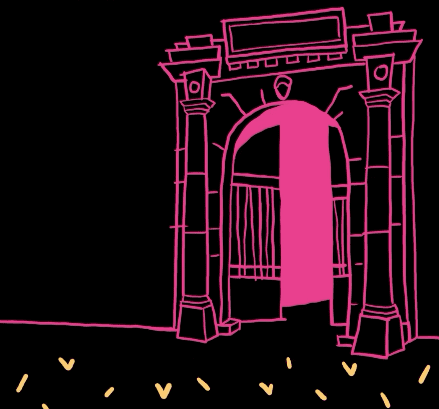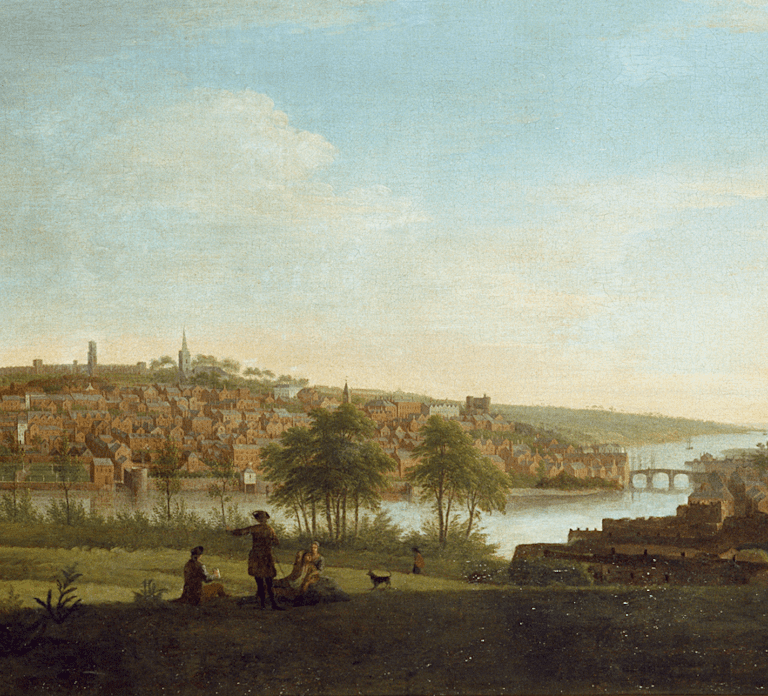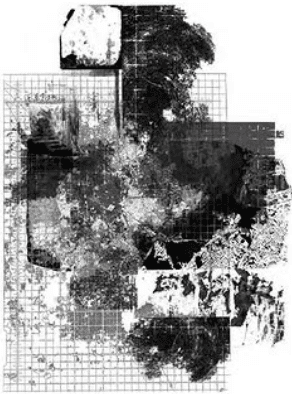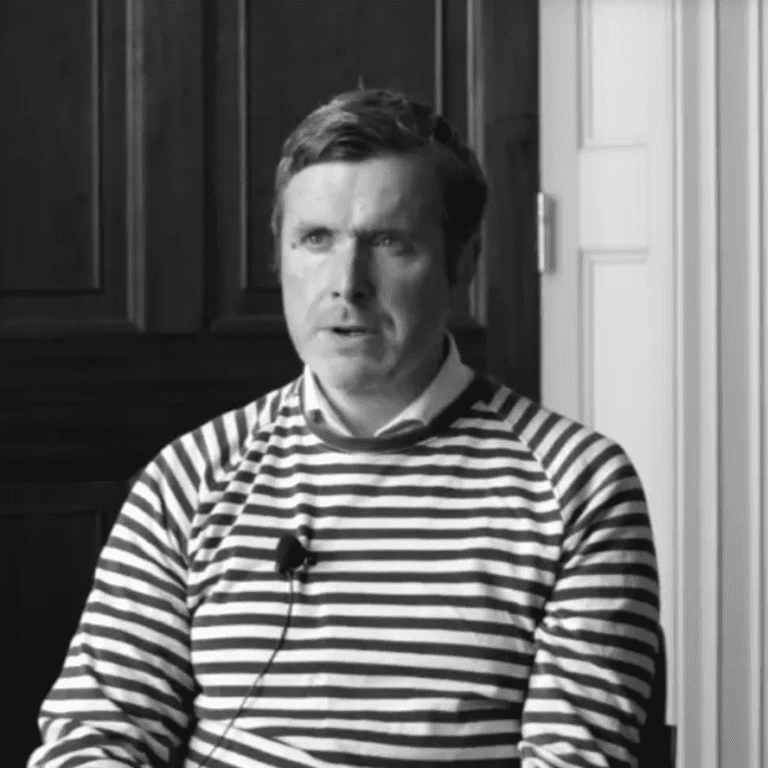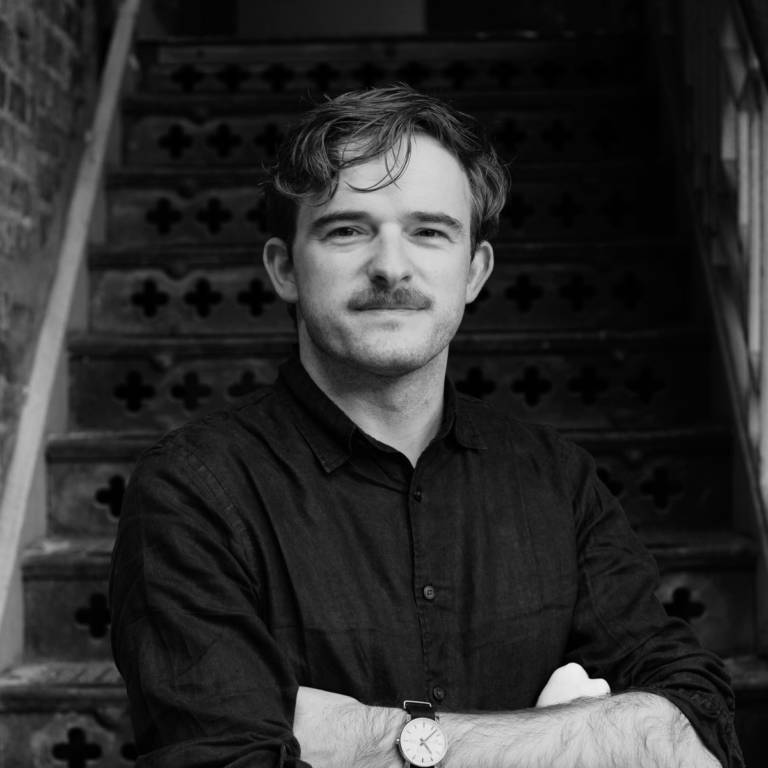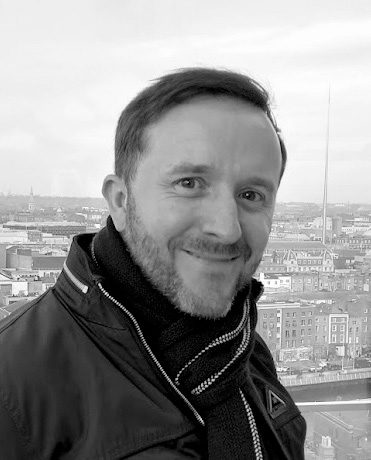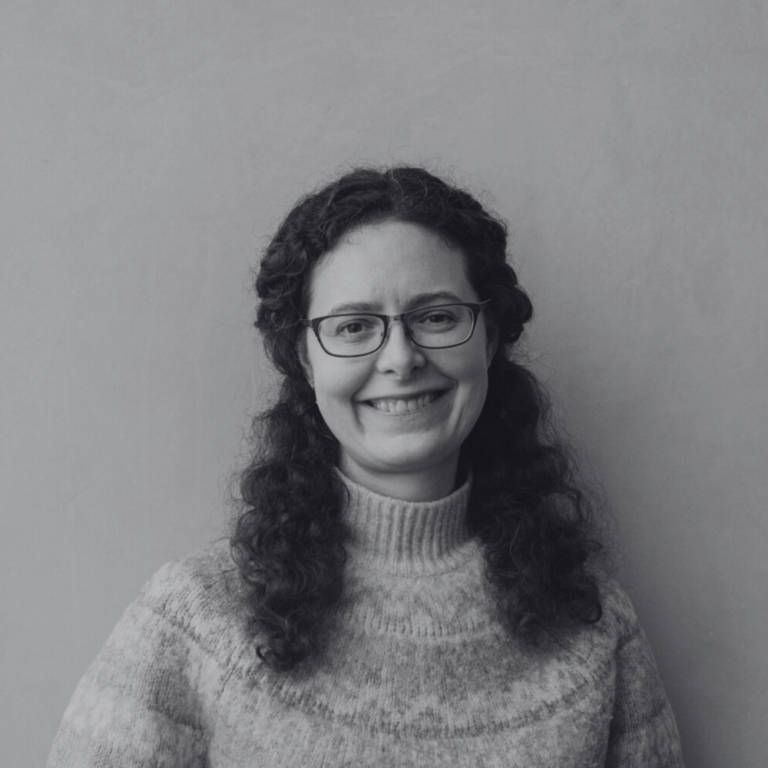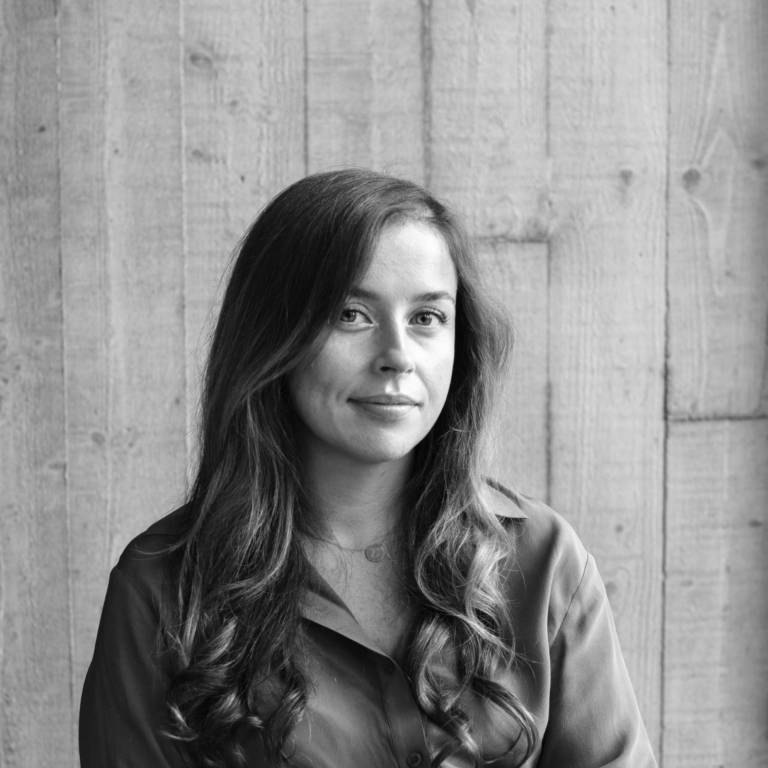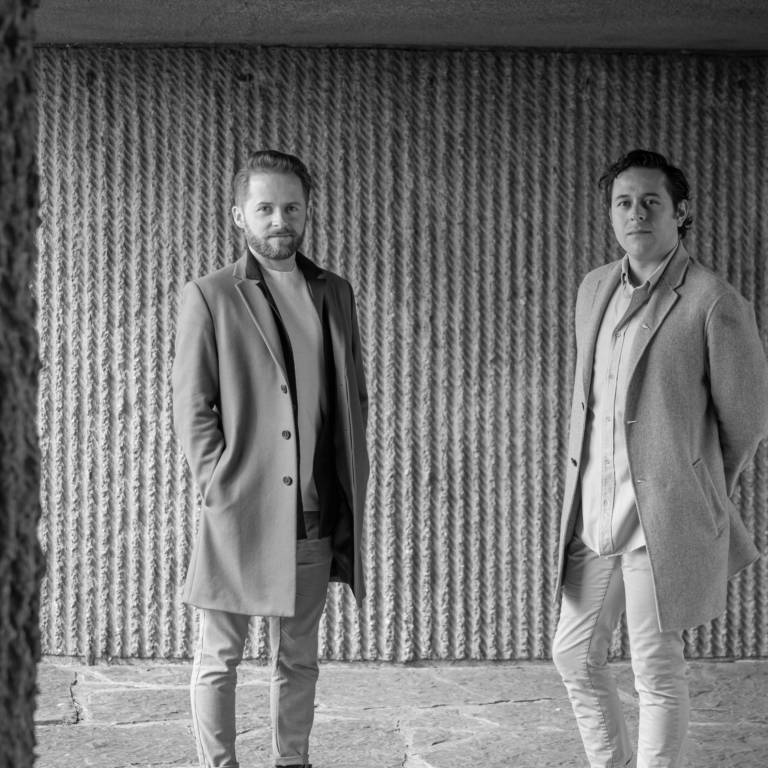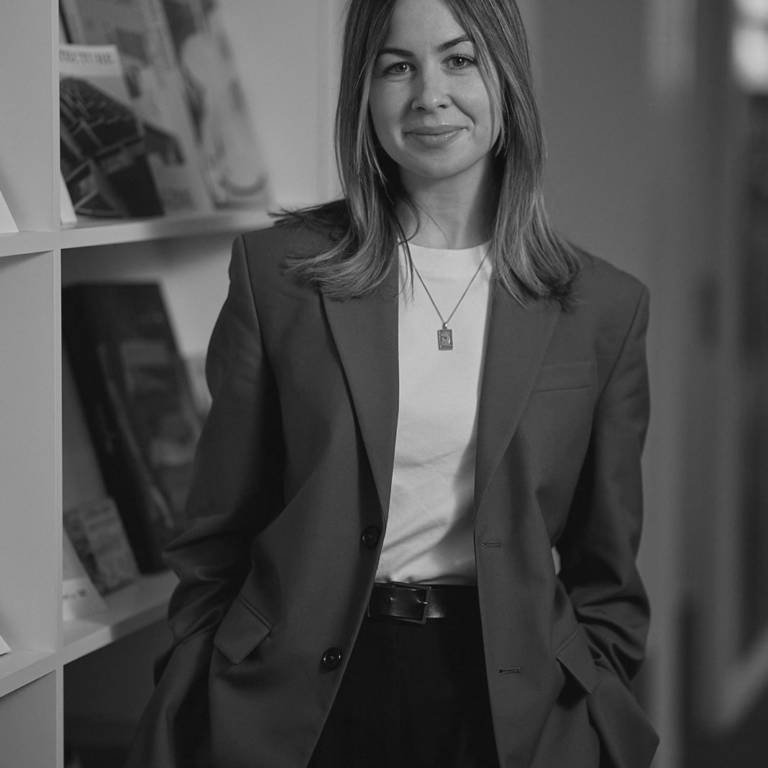ARCHIVE:
(dw) Dean Black

(dw) dean black is Placemaking Programme Manager at the Irish Architecture Foundation where they also lead on supporting emerging practitioners through the IAF’s gapLab programme. Dean is an architectural writer, researcher, and spatial practitioner primarily working at the messy intersections between architecture, ecology, and public/private life. A graduate of the Bartlett School of Architecture, their work often navigates the margins of Ireland’s agri-industrial landscapes and their associated contemporary practices through colonial, queer, and posthumanist lenses.
Instagram: @dwdeanblack
And what is so rare as a day in June?
Then, if ever, come perfect days;
From James Russell Lowell, “What is So Rare As A Day in June”
This year, June arrives on the edge of Clara Bog, Offaly. Not with fanfare but with a bothy. A small shelter. A temporary one. Built with peat, place, and people in mind.
Launching on occasion of the Bog Trotters Festival from June 19th – June 22nd, Bog Bothy is presented by the Irish Architecture Foundation and architects Evelyn D’Arcy and David Jameson of 12th Field. Tracing two years of research and co-design across Ireland’s midlands, this space for shelter and gathering is presented alongside an exhibition of photographs by Shane Hynan, ongoing work by resident artist Luke Casserly, and a public programme of national and local conversations on our evolving relationship with Ireland’s peatlands through the lens of architecture and placemaking.
It is a day for the bog that doesn’t seek to reconstruct what once was, but rather sit and reckon with the layered histories and futures of Ireland’s peatlands. A day that holds space for the fossils of labour and our hands-on inheritances while making room for new rituals and ways of being with these living landscapes to emerge.
These tensions, both intimate and vast, between architecture and natural landscapes also reveal themselves in Other Ground, a new exhibition at The LAB Gallery by artist Pascal Ungerer. His work dwells in the uneasy meeting points between architecture and terrain, mapping the quiet frictions that emerge where structures encroach on wildness.
Elsewhere, A Sense of Place at Highlanes Gallery in Drogheda presents a selection by Erin Lawlor from the municipal art collection, considering how place lives through material and memory. Like Bog Bothy, it holds the local close while gesturing toward something larger, projecting how the particular might speak to the national and the distant, and how something touchable might remain, always, just out of reach.
Where the bothy dwells at the intersection of craft and industrial design histories, Jorge Satorre’s Did I Say I Miss You? at Temple Bar Gallery + Studios equally leans into the unruly beauty of handwork. Embracing both the rigour and unpredictability of making, Satorre draws attention to small creative deviations – those instinctive adjustments, slips, and flourishes that standardised systems tend to iron out. Much like tea huts built by the hands of Bord na Mona workers, this exhibition honours the technical skill of the maker while holding space for the idiosyncrasies that make such labour feel human, imperfect, and alive.
Finally, two annual touchstones in the architectural calendar also return this June: the 195th RHA Annual Exhibition, which continues to offer a vital cross-section of contemporary art and architecture in Ireland, and the end-of-year student showcases from schools across the country, each presenting speculative, urgent, and hopeful work by the next generation of practitioners.
These days in June are full of looking, making, and rethinking. Whether in a gallery in the city or in wellies on the bog, this solstice month offers rare, intimate encounters with those acts of architecture that reaffirm its vitality to the lived, the held, and the near.



